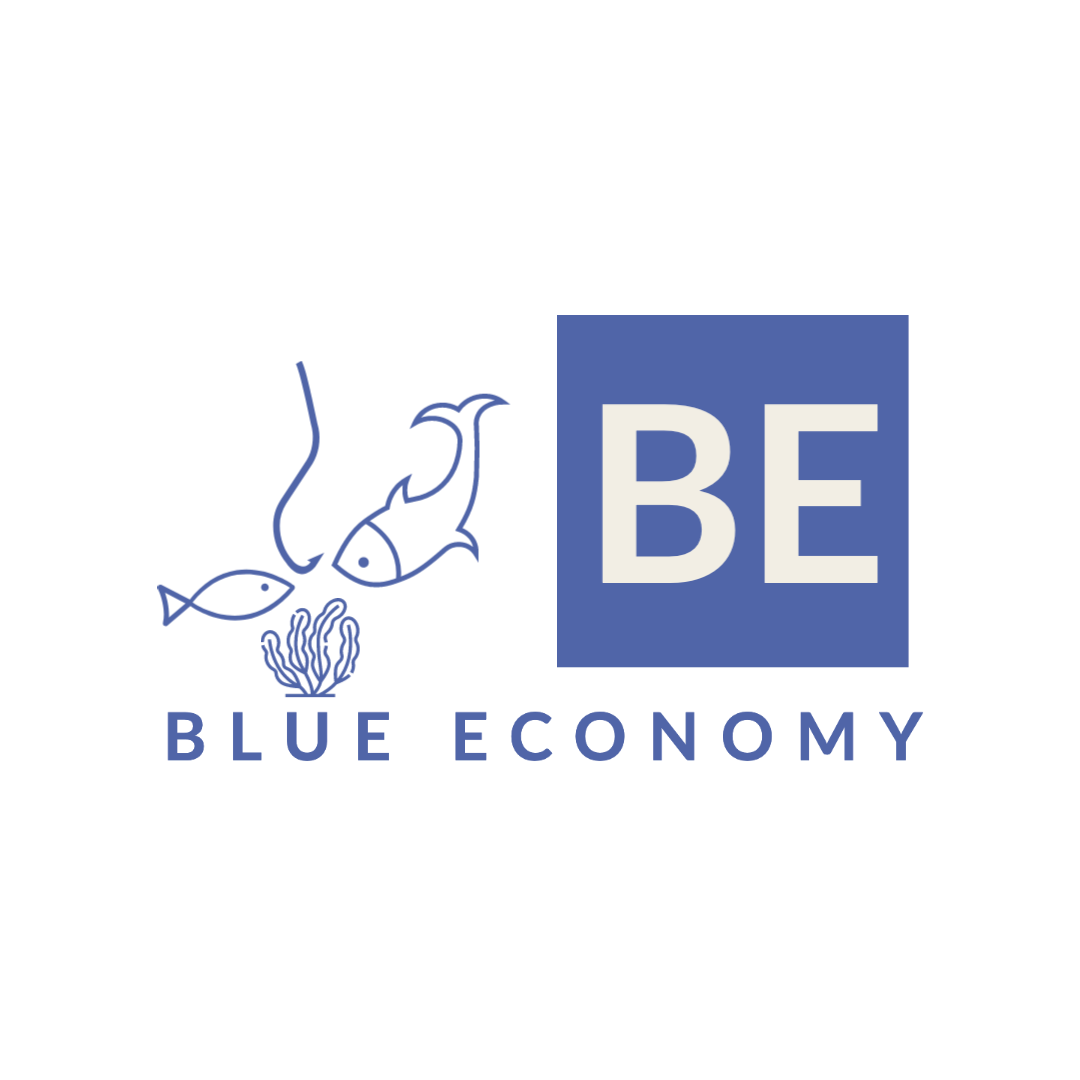Joel Onyango, Alfred Oduor, and Luseka Mwanzi
For many development agencies in the global south, successfully getting a project grant keeps ‘food on the table’. The staff cost implications allow for people to stay employed, the overheads managed, and publishing possible, especially for the fully project funded research non-governmental organizations.
However, once there is success, the management of these projects come with additional considerations, that determine the success of the projects, perhaps in the global south, and also with lessons for north-south projects. The considerations are lessons, which multi-partner action research projects in the global south, may consider as indicators of success, beyond the celebration of wining grant funding. This write-up presents some lessons from the initiation of a multi-partner action research project implemented in Kenya, targeted at women’s economic empowerment in the Coastal region.
Action-research for whom? There is often a thin line between development projects and those related to action-research, mainly from a local community perspective. For the community, infrastructural development, whether for research or livelihood support, seem to mean the same thing. There is a perceived relationship between previous development projects, and the next action research project! In the interaction with the community at the launch of our multi-partner action research project, questions about creating awareness on the ‘thin’ line difference emerged. This kept the project partners thinking: what are the leverage points that can define and differentiate the thin line? The difference between an action-research project and a development project is in the additional component of adaptive learning embedded in the former and use of evidence to better livelihoods in the community.
There will always be self-interest: To international and development partners, it often feels as if the “what is in it for me” question is only for the local community. However, this is not isolated. It cascades to the researchers, practitioners, entrepreneurs and policy makers. This self-interest may be perceived as a negative element. However, in our observation, the self-interest may be a motivator. If managed through promotion of the interests, and transparency among partners, and the community – from the administrative capacity through to the budgets - the potential for the positive transformation can be realized.
Partnership politics can make or break: Similar to any other team, the politics inherent in action research projects may mutate to apathy within a team. Even when not intended, apathy may poison both the action and the research side of the project. The most viable solution is to standardize procedures and processes associated with the project. Standardization may be by level or cross institution/partner, which is necessary to immunize the project against the negative effects of politics thus ensuring optimum results.
Sustainability is talked about, but rarely planned: There is widespread contempt of externally funded development projects, because they have not had a good record of sustainability beyond the funding period. It's almost common practice for researchers and practitioners responsible for projects to start initiatives without the foresight of how the project will be sustained beyond the funded period. There are many ghost investments, whose social return on investment cannot be defended a few years after they have been implemented. There is speculation on how this can be transformed, including pushing for local ownership of ideas and initiatives that promote empowerment through technical and investment support, and contextualizing the solutions to socio-cultural settings among others. As a lesson, we postulate that translating the talk of sustainability to ensuring it occurs requires determining scaling readiness, and therefore making the empowerment, contextualization or ownership towards meeting the scaling readiness gaps!
Commercializing research outputs needs a sustainable model: The connection between research and action is the possibility of commercializing research outputs and making them available to entrepreneurs. This is more possible in technology research than for socio-technical research. This makes it more important for action researchers to develop, test and optimize business models that can be used even beyond the timeline of the research. In our project experience, we argue that proposing diverse sustainable business models, that can be contextualized or scaled, is central to action research.
How do we make them part of us? Elitism separates factions of partners in a multi-partner project. Whether development or action research-based project, echelons tend to separate specialists and generalists. While these specializations are often organic, they may affect team dynamics and reduce innovation, especially from those considered juniors. Fundamentally, in projects that incorporate the community actors, the “outsider” perception may result into failed attempts. In our project we are testing the inclusion perspective, both summative and formative inclusion, to make an “us”, rather than a “them and us” partition.
The lesson areas shared here are not conclusive. We acknowledge the nascent nature of the project, and the partnership, but are also aware of the task at hand, and prepared for the dynamics that may arise. The indicators of success and the concerns associated with them need attention in many projects being implemented in the global south. The Blue Empowerment project, funded by IDRC, and implemented through a multi-partnership, is an action research project aimed at women economic empowerment through socio-technical solutions.
